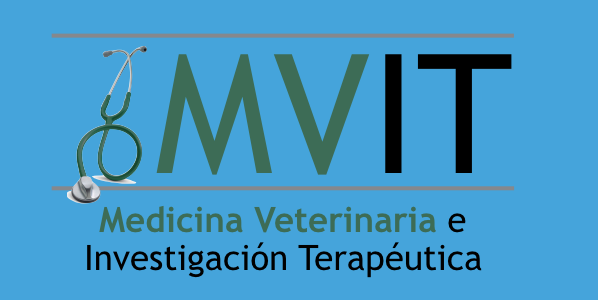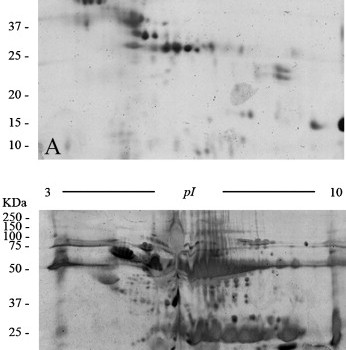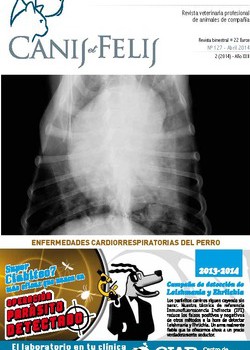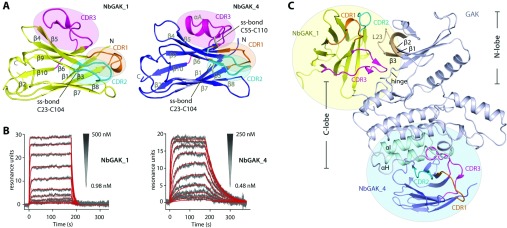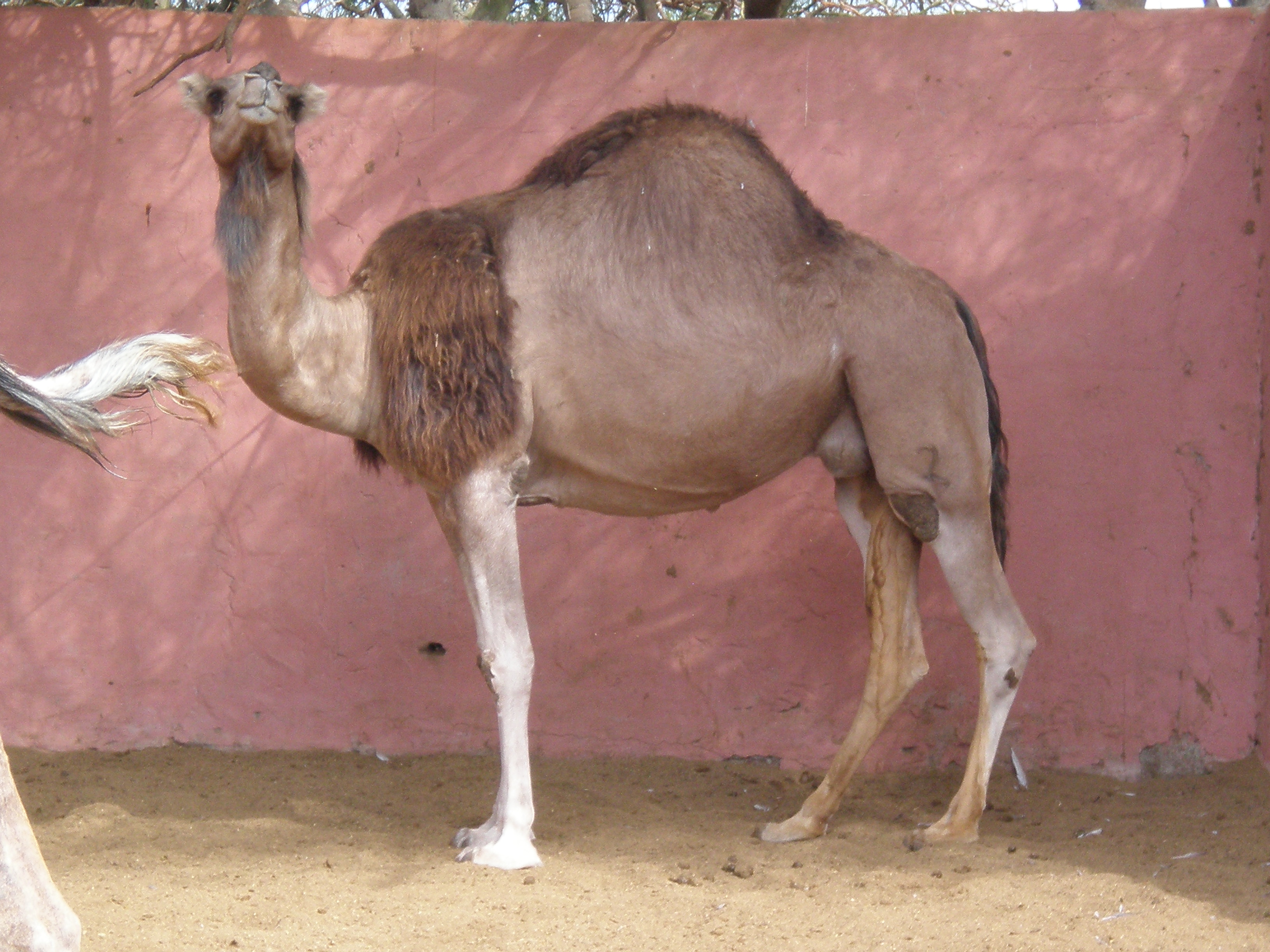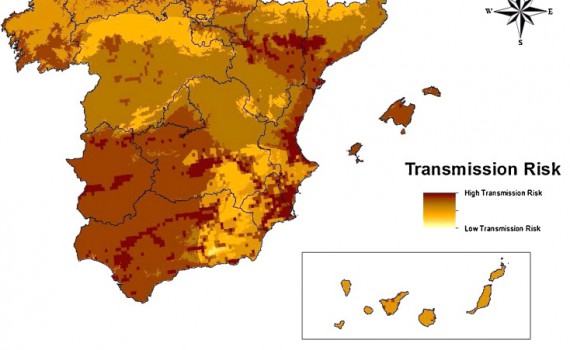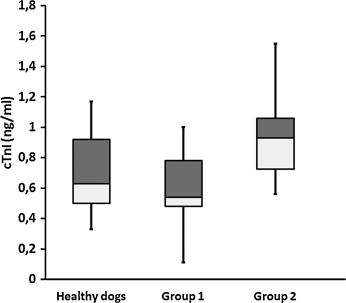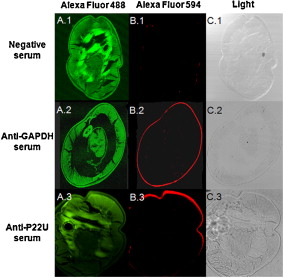
Proteomic analysis of the somatic and surface compartments from Dirofilaria immitis adult worms
Veterinary Parasitology. Volume 203, Issue 1-2, 2014, Pages 144-152
Morchón, R. , González-Miguel, J., Carretón, E., Kramer, L.H., Valero, L., Montoya-Alonso, J.A., Simón, F., Siles-Lucas, M.
Abstract
Dirofilaria immitis (hearthworm) is a filarial roundworm transmitted by mosquitoes to different vertebrate hosts (dogs, cats and humans, among others), causing dirofilariosis. The adult worms reside in the pulmonary arteries affecting vessels and tissues and resulting in different pathological manifestations. Worms migrate to the heart and surrounding major vessels in heavy infections. Dirofilariosis can result in serious damage to affected hosts. In the last few years, a re-emergence of the disease driven by the climate change has been pointed out. Very recently, the knowledge at molecular level of this parasite has been extended by the published studies on its genome and transcriptome. Nevertheless, studies on the expression of defined protein sets in different parasite compartments and the corresponding role of those proteins in the host-parasite relationship have been relatively scarce to date. These include the description of the adult worm secretome, and some of the proteins eliciting humoural immune responses and those related with plasminogen binding in secreted and surface extracts of the parasite. Here, we investigate by proteomics the somatic and surface compartments of the D. immitis adult worm, adding new information on protein expression and localization that would facilitate a deeper understanding of the host-parasite relationships in dirofilariosis.
